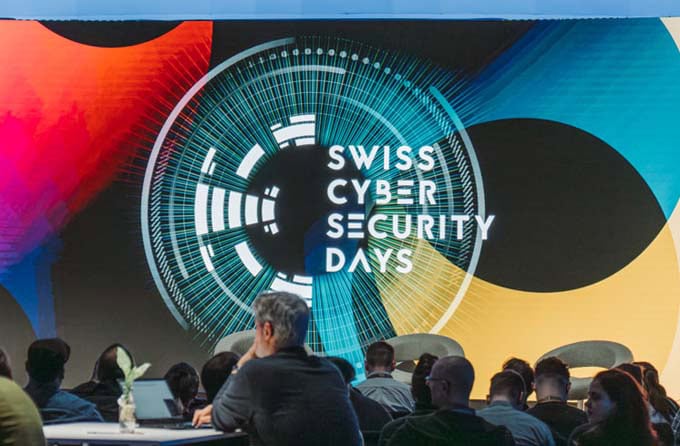Health protection: Preventing burnout among employees
Because of the pandemic, many of us have had to move our jobs to the home office. While burnout has always been an issue to take note of and counteract, the pandemic has significantly blurred the lines between work and personal life. This has led to many of us working extra hours, either to [...]

When employee engagement wanes
According to a British study 70 % of employees report that they suffer from burnout symptoms. Lack of free time and high workload are the main contributing factors among those who feel such effects. This is a major concern for managers and companies, as employee engagement is directly related to business results. Hogan Assessments, a leading provider of personality assessments and leadership consulting, highlights three areas employers can scrutinize and address to ensure their employees are satisfied, engaged and well-supervised, thereby avoiding the burden of burnout.Personality is the key when it comes to work and burnout
Hogan's research suggests that the pandemic did not change people's personalities themselves, but only reinforced certain pre-existing traits. For example, if someone is an extrovert and finds pleasure in the more social aspects of an office environment, his or her priorities have not changed. The isolation that comes with working from home could be detrimental to his or her work. In contrast, a more introverted person, might thrive in a home office atmosphere and find that more tasks can be completed if not for the added distractions associated with working in a shared space. To avoid burnout and not put unnecessary stress on employees when they return to work, employers need to work with team leaders. Encouraging an open dialogue between managers and team members will help build a more flexible hybrid system that leads to maximum productivity among busy employees. Employees who choose to continue working from home may feel they have to push themselves harder or work more hours because they are not constantly monitored - so it is important to keep this especially in mind and remind these employees through regular communications that their regular workload is more than sufficient. Setting up a system that allows and encourages open and honest conversations between employees and managers will make employees feel that they are seen and heard and that their needs are being considered.To mitigate the effects of burnout, stress management is critical
Often, burnout can be triggered by an excess of stress. Covid-19 has led to employees feeling increased pressure to mask any difficulties they may have in coping with stresses from both work and the pandemic. In doing so, according to a Lime Group survey only one in six employees feel that psychological needs are sufficiently taken into account by the employer and in the workplace. A person's experience of burnout can often be measured by how well they cope with stress. To get a better idea of how individual employees handle stress, a development survey developed for this purpose can be used. After all, those people who internalize stress are more likely to feel the effects of burnout. Conducting tests can help companies make better decisions that allow employees to better manage their time and workload and avoid stress. They also contribute to smarter strategy and decision-making within the company's management structures to prevent the effects of burnout. In addition, they help those individuals who are already suffering from it to recover better from it. An important tool in the fight against burnout is to remind employees of all the mental health and support systems available to them in their company. This encourages them to contact HR if they want or need to make use of them.The company's values are directly linked to the commitment of its employees
Burnout is less likely to occur if people are hired whose personal values are most in line with those of the company. However, a company must also set a good example at all times. If management does not model the values it wants to see in its employees, it runs the risk of being the driver of unhealthy work practices. The key to combating burnout is to prioritize making work compatible with personal life. Acknowledging that employees work overtime and reassuring them that it is not a standard that is always expected of them is key. Allowing employees to sign off at the end of their workday may not seem like a revolutionary concept, but it is important because this fact was forgotten or pushed aside by many workers during the pandemic. "Employer response to burnout can no longer be retroactive. Employers need to start addressing burnout preventatively, even before it occurs. Companies need to pay attention to employee engagement data to see who in their organization is most at risk of burnout," adds Ryne Sherman, Ph.D., chief science officer at Hogan Assessments. "For those suffering from burnout, consider setting up weekly individual check-ins with team members so managers are aware of their workload and any overtime or additional actions that may need to be taken to be taken. By providing better structure this way, you'll help set expectations and reassure your team that they can get the support they need." Source: Hogan AssessmentsThis article originally appeared on m-q.ch - https://www.m-q.ch/de/gesundheitsschutz-burnout-bei-mitarbeitern-verhindern/









